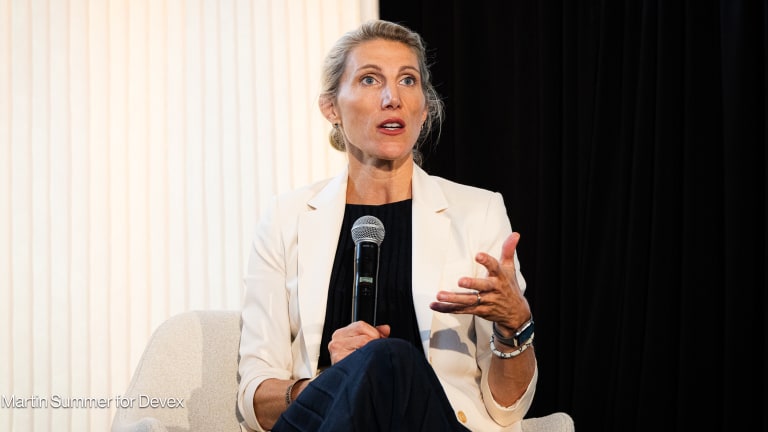In early March 2025, news broke in the Philippines that nearly 40 students from one high school experienced heat exhaustion while at school, prompting local officials to shift to blended classes. The school nurse provided first aid, but she and the school administrators admitted they were caught unprepared by the unexpected early start of the heat wave season. Last year, heat wave-induced school closures occurred in April. Unfortunately, no heat response plans have been developed since then.
This incident highlights a growing reality: The climate crisis is reshaping environments where families and communities live, work, and study. In the past 25 years, heat waves have claimed lives in Australia, China, and South Korea, among others.
The Intergovernmental Panel for Climate Change warns that half of the world’s population lives in climate-vulnerable places, where they are 15 times more likely to die from cyclones, drought, and floods. A U.N. Development Programme report estimated that in 2022, extreme weather events in the Asia-Pacific region affected over 64 million people and caused more than 7,500 deaths.









